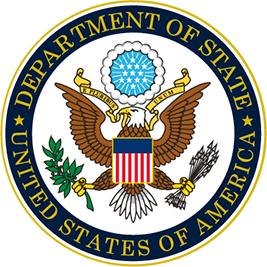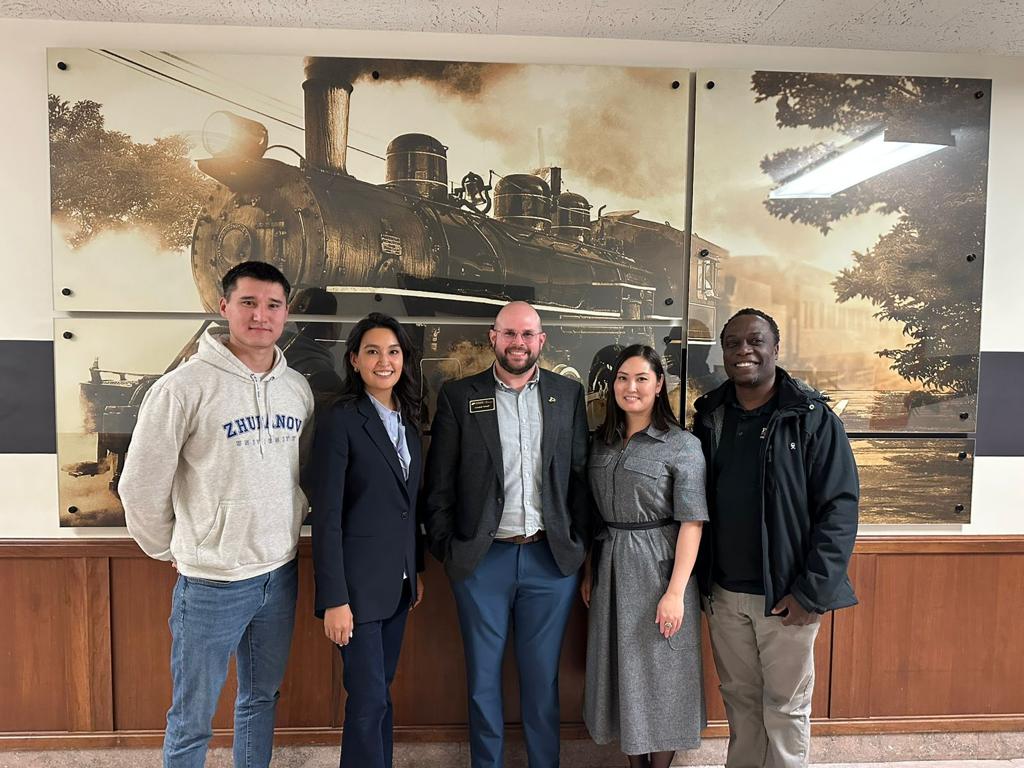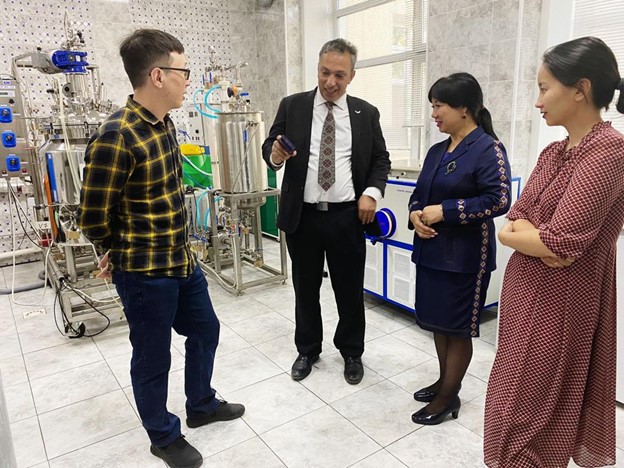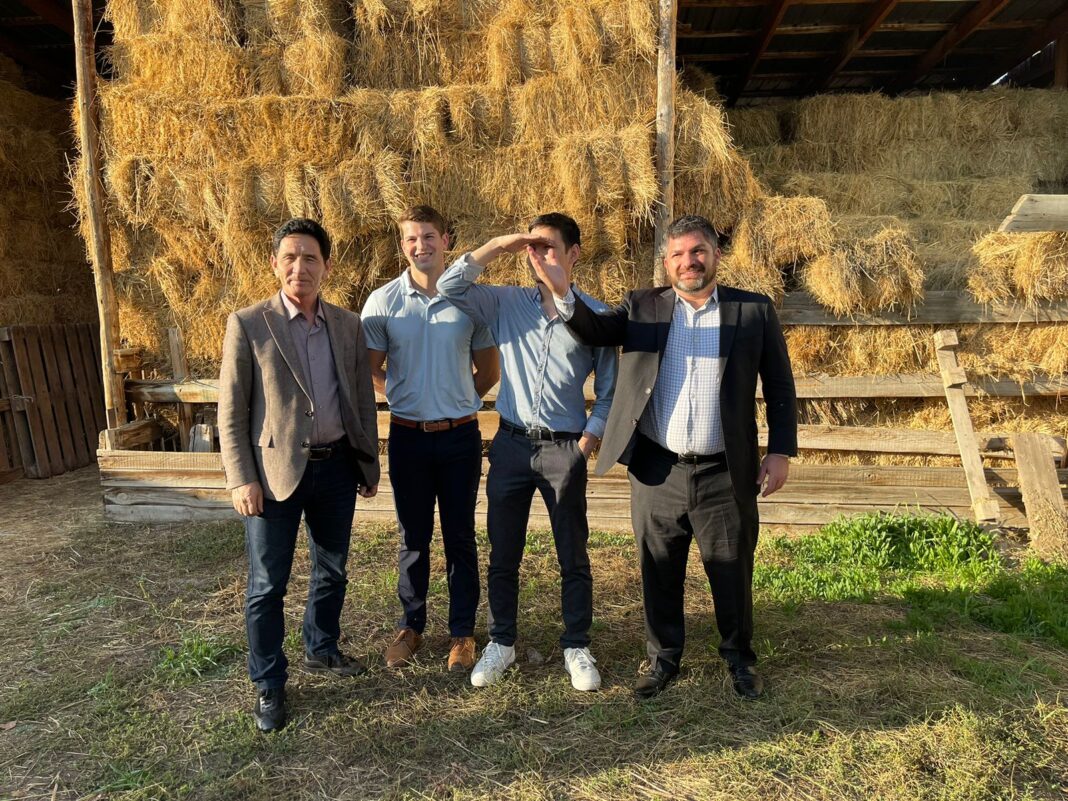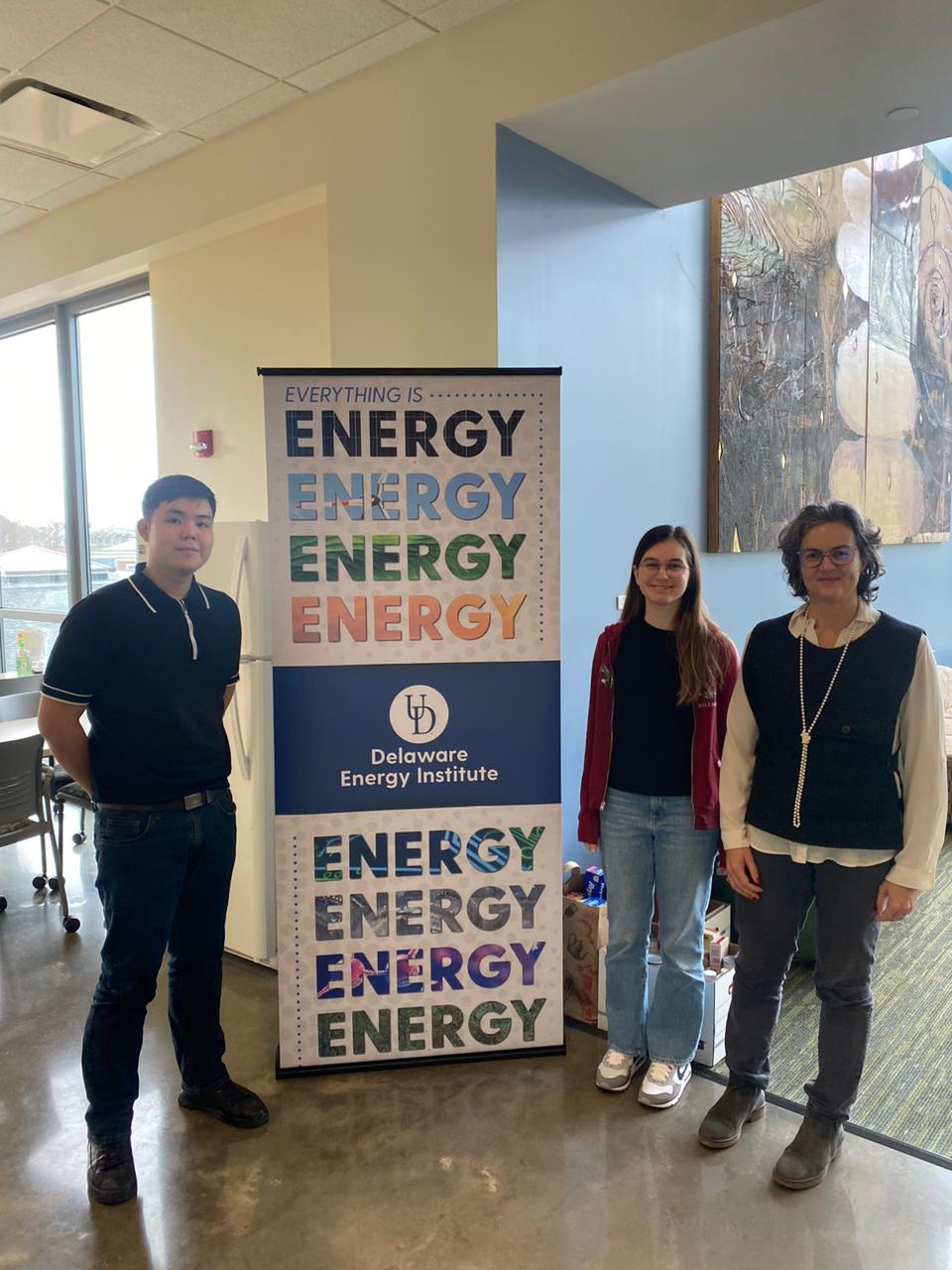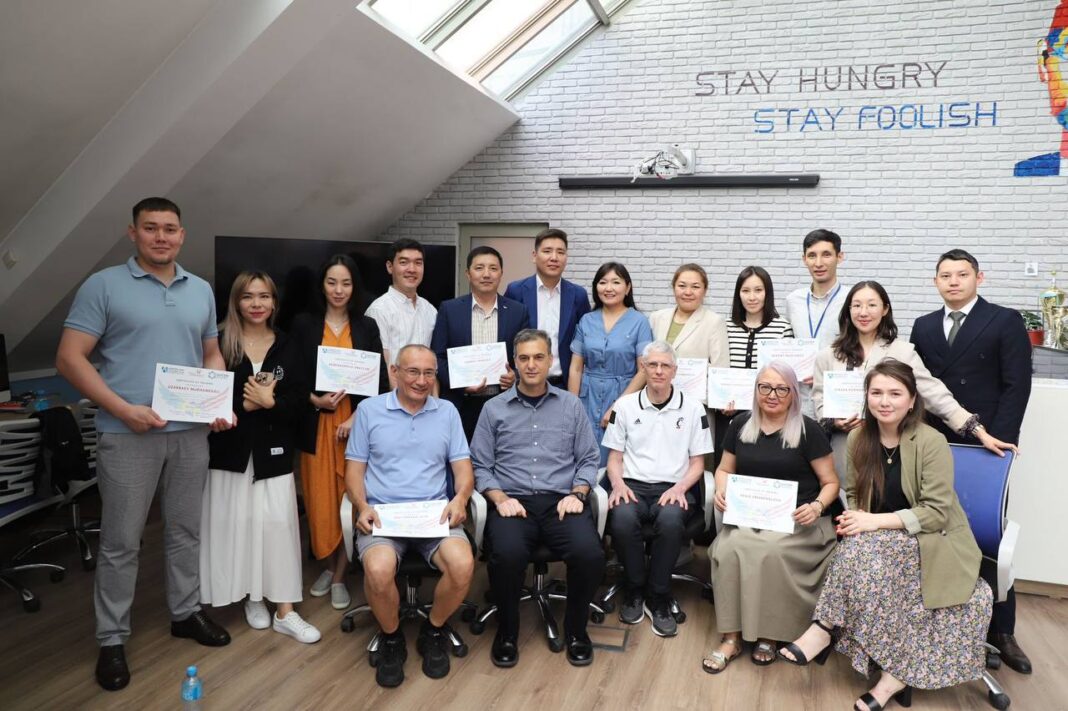We have students enrolled to the new developed courses in STEM fields, particularly in renewable energy, environmental studies, and water conservation – Korkyt Ata Kyzylorda University
Kazakhstan urgently needs skilled professionals to lead the country through the challenges of the present into a renewable energy future. Until now, universities simply have not had either the content expertise or the curriculum offerings necessary to educate student about environmental issues in water, energy and food.
To meet this need, the University of Oklahoma-Norman Campus partnered with four Kazakh universities: Eurasian National University (ENU), Korkyt Ata Kyzylorda University, Toraighyrov University, and A. Baitursynov Kostanay Regional University.
The project was funded by a grant awarded through the U.S-Kazakhstan University Partnerships Program, administered by American Councils and funded by the US Department of State through the US Embassy in Kazakhstan. It had three goals: 1) to develop a new, semester-long, graduate level course, 2) to foster both US and Kazakhstani content expertise in cross-disciplinary areas of renewable energy, environmental engineering, climate change, and hydrology and 3) to increase academic mobility and collaboration between US and Kazakhstani universities.
CLIMATE CHANGE CURRICULUM ACROSS FOUR UNIVERSITIES
The team was led by PI Tiantian Yang, from the University of Oklahoma (UO), and PI Shamshagul Mashtayeva of Eurasian National University. Each Kazakh university was represented and the UO delegation included an online learning production team. In all, eight people participated in the project.
The group used an iterative process, first performing a curricular needs assessment at the partner Kazakstani universities, then developing a draft curriculum, reviewing and revising, adding additional elements, and finalizing. “After spending two months discussing course content and finalizing the curriculum needs, we decided to add many additional pieces to the syllabus,” explained Yang. These topics included the water cycle, hydrological and environmental science, global food production, food security, and agricultural technologies.
One additional aspect was identified as an urgent need by the Kazakhstani universities: python programming for beginners. So Yang built in a series of python tutorials that can be taken as part of the course, or individually as modules. This approach will allow partner universities to bring students from different majors quickly up to speed with the programming language.
The final, fully developed course is titled Climate Change and Impacts on Water Energy and Food Nexus. It includes 16 weeks of teaching modules and materials and 35 recorded video lectures, professionally produced by the UO production team. It covers the topics of climate change, hydrological sciences, water cycle, hydropower, ocean energy, solar energy, wind energy, biomass energy, geothermal energy, fossil fuel and nuclear energy, global food production and securities. The filmed video duration is greater than 1000 mins in total, and the total video and digital size produced exceeded 30 GB. This material is freely available for any use by all project partners, and can be either used as part of this course or adapted into existing or new courses.
CAPACITY BUILDING FOR THE FUTURE
Finally, the project provided capacity-building in online learning for the Kazakhstani partners. The University of Oklahoma Digital Learning Office provided two workshops for developing online course development skills, training Kazakstani faculty, administrators, and students from the partner universities. As Mashtayeva of ENU noted, it was exciting professional development “to get experience in how to develop a video course. Before I have not developed a video course, but now I plan to develop one video course for next year.”
The team’s vision of improved curricular offerings in climate change science is being realized. University of Oklahoma will offer the course in Spring 2023, and the partner universities are making their plans. And plans continue. Both partners are planning to apply to PEER (Partnerships for Enhanced Engagement in Research).
PIs Yang and Mashtayeva are building on their collaboration, planning to co-host a special journal issue on sustainability topics. And Yang is applying to be a lecturing professor at ENU in coordination with Mashtayeva, where he will teach in the Hydrology program.
Finally, OU is working to establish an MOU to allow KZ students to enroll in the online MS in Water Security and Hydrology at University of Oklahoma. “We are working to see how we can better facilitate enrollment or reduce tuition for Kazhakstani students,” explains Yang.
The project has opened new doors. “We have a lot of ideas and projects to continue cooperation in many fields of science and education” says Igor Koshkin of A. Baitursynov Kostanay Regional University.
About the U.S.-Kazakhstan University Partnerships Grants Program:
The U.S.-Kazakhstan University Partnerships Program builds capacity for substantive international engagement between higher education institutions in the United States and Kazakhstan. It facilitates partnerships that modernize curricula and enhance teaching capacity in STEM fields, increase research capacity –particularly in the areas of renewable energy, environmental sciences and air quality — and enhance institutional capacity for internationalization.
About the University Partners:
University of Oklahoma-Norman is the flagship campus of Oklahoma’s university system, with nearly 30,000 students.
Eurasian National University is a Kazakh national research university and the largest university in Astana with approximately 16,000 students.
Korkyt Ata Kyzylorda University is a leading center of education, science and culture in western Kazakhstan. It has over 8,000 students in five institutes and 25 departments.
Toraighyrov University is one of the biggest universities in Kazakhstan, with approximately 8,000 students. It is located in Pavlodar, where it is a center of education and research.
A. Baitursynov Kostanay Regional University is the leading educational, scientific, methodological and cultural center in the northern part of Kazakhstan. It has approximately 7,000 students.

